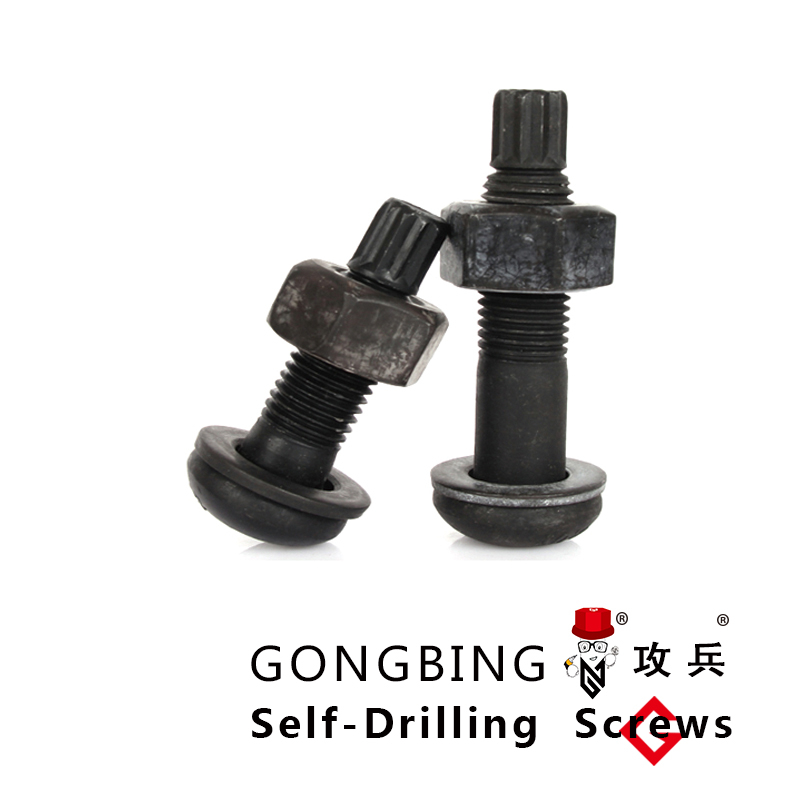Feb . 17, 2025 19:54
Back to list
masonry chemical anchors
Chemical anchor bolts have revolutionized the way we approach heavy-duty fastening in construction and engineering sectors. These advanced fixing solutions offer superior stability, adaptability, and durability compared to traditional mechanical anchors. Whether you are involved in large-scale infrastructural projects or smaller construction tasks, understanding the nuances of chemical anchor bolts is crucial.
When it comes to trustworthiness, chemical anchor bolts feature prominently because they resolve one of the main concerns in construction longevity. Due to the nature of their installation, they are less prone to the issues that typically plague mechanical anchors, such as loosening over time due to vibration or dynamic loads. This reliability underpins their widespread adoption in critical infrastructure projects where safety cannot be compromised. For those considering integrating chemical anchor bolts into their projects, the decision involves assessing specific needs and consulting with experienced professionals. Installation requires thorough surface preparation and attention to detail regarding curing times for the resin used, as these factors directly influence the anchor's load-bearing capacity. That said, manufacturers often provide extensive guidelines and support to ensure correct application, enhancing the probability of a successful installation. To further bolster their utility, digital advancements and online platforms now enhance how these products are researched and applied. Educational resources, installation demos, and detailed case studies are readily available and are invaluable for both novices and seasoned professionals seeking to make informed decisions. Moreover, seasoned practitioners share insights online, offering practical advice and field-based observations that enrich the knowledge pool available to end-users. In conclusion, chemical anchor bolts represent an advanced, reliable, and versatile solution in the sphere of construction and engineering. Their introduction into a project augments the structural integrity and resilience of the final build, all while ensuring compliance with stringent safety standards. Whether you're an engineer, construction manager, or a DIY enthusiast tackling a complex installation, embracing the sophisticated technology of chemical anchor bolts could be a game-changer in your approach to securing connections in a myriad of material environments.


When it comes to trustworthiness, chemical anchor bolts feature prominently because they resolve one of the main concerns in construction longevity. Due to the nature of their installation, they are less prone to the issues that typically plague mechanical anchors, such as loosening over time due to vibration or dynamic loads. This reliability underpins their widespread adoption in critical infrastructure projects where safety cannot be compromised. For those considering integrating chemical anchor bolts into their projects, the decision involves assessing specific needs and consulting with experienced professionals. Installation requires thorough surface preparation and attention to detail regarding curing times for the resin used, as these factors directly influence the anchor's load-bearing capacity. That said, manufacturers often provide extensive guidelines and support to ensure correct application, enhancing the probability of a successful installation. To further bolster their utility, digital advancements and online platforms now enhance how these products are researched and applied. Educational resources, installation demos, and detailed case studies are readily available and are invaluable for both novices and seasoned professionals seeking to make informed decisions. Moreover, seasoned practitioners share insights online, offering practical advice and field-based observations that enrich the knowledge pool available to end-users. In conclusion, chemical anchor bolts represent an advanced, reliable, and versatile solution in the sphere of construction and engineering. Their introduction into a project augments the structural integrity and resilience of the final build, all while ensuring compliance with stringent safety standards. Whether you're an engineer, construction manager, or a DIY enthusiast tackling a complex installation, embracing the sophisticated technology of chemical anchor bolts could be a game-changer in your approach to securing connections in a myriad of material environments.
Latest news
-
Weatherproof Plastic Expansion Anchors for OutdoorNewsJun.06,2025
-
Sustainability in the Supply Chain: Eco-Friendly TEK Screws ProductionNewsJun.06,2025
-
Load-Bearing Capacity of External Insulation FixingsNewsJun.06,2025
-
Double Head Bolts: Enhancing Efficiency in Industrial MachineryNewsJun.06,2025
-
Corrosion Resistance in Chipboard Screws: Coatings for Wholesale DurabilityNewsJun.06,2025
-
Butterfly Toggle Bolts : Enhancing Structural ResilienceNewsJun.06,2025
